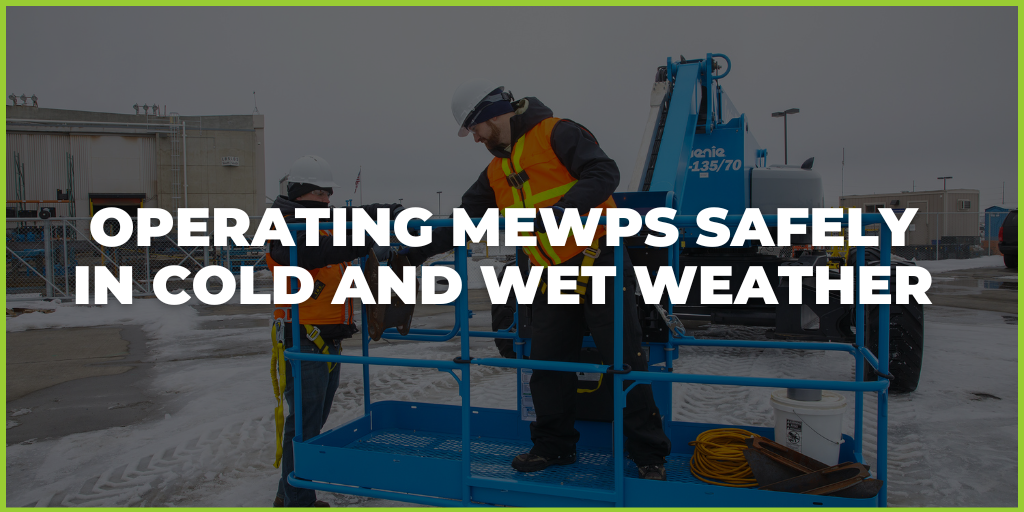You might have seen our recent blog post about the research we did earlier in the year. Our findings led us back to the work the UK Health & Safety Executive have been doing in terms of trying to reduce slips trips and falls, and the impact they have on business. Slips trips & falls account for around 2 million lost working days per year in the UK, we want to help our customers avoid contributing to this statistic, read on to find out how...
Preventing falls is something that more normally falls within our remit than preventing slips and the research we talked about recently, found that a huge 90% of the tasks we observed being performed at height were done at some point using ladders or unofficial access. While ladders are sometimes the most appropriate piece of equipment to complete a task, there are many contraindications for their use - more on that later. Unofficial access however is never the most appropriate piece of equipment, the image below is taken from a historical HSE campaign and graphically illustrates the potential consequences of just hopping onto a chair to access something.
Ensuring equipment is provided and tasks are well planned will reduce the number of people feeling they need to use a chair or desk to access lights, or put something back on a high shelf. Ensuring all organisations are aware of their responsibilities seems key, if you have a shelf that's higher than your employees can reach then what excuse can there be for not providing access to it? This is surely the most straightforward issue to fix, in 2014 there is no excuse for people to be using these unsafe methods of accessing height a much greyer area however is the use of ladders.
Ladders are a very versatile and sometime safe method of access, they are certainly designed to take people to height, unlike the chair example above. However they are often used where they are not the most appropriate solution.
HSE guidance suggests that wherever one of the following is true people should consider an alternative to ladders or steps:
-
The Load to be carried is anything other than light
-
You have to carry something to the working height required
-
You need to reduce the three points of contact for anything other than a brief moment
-
There are side loadings (e.g. from a drill)
-
The public may be able to walk under or get too close to the ladder
How often do you see ladders used in these circumstances? We see it all the time, and in our research we tried to understand why this might be - read the research blog for more on that.
In the meantime our message to anyone unsure about their or their employees use of ladders is to seek guidance, either from the HSE's WAIT tool, or from an advisor.
We can often help customers to reduce the use of ladders, and help reduce the 30% of tasks we observed that contravened the HSE's best practice guidance, if you would like to talk to us about how we can work together please give one of our team a call on: 0113 287 8446 or email us on info@hls.co





